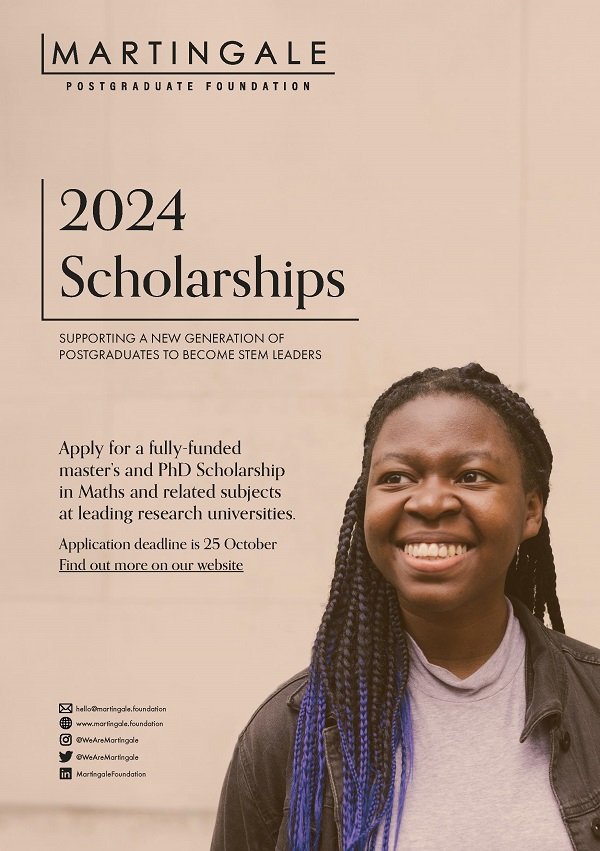We are currently inviting applications for a Postdoctoral Research Associate to work with Professor Yuji Nakatsukasa at the Mathematical Institute, University of Oxford. This is a two-year, fixed-term position, funded by a research grant from the Engineering and Physical Sciences Research Council (EPSRC). The starting date of this position is flexible with an earliest start date of 01 March 2024. We particularly welcome applications from individuals who are able to start between 01 March and 01 October 2024.
Back for another term and kicking off tomorrow @4 with You and Your Supervisor (by which they presumably don't mean just the two of you in there).
Next week: Colloquium with Tamara Kolda (details to follow).
Kaplansky's Zerodivisor Conjecture and embeddings into division rings
Abstract
Kaplansky's Zerodivisor Conjecture predicts that the group algebra kG is a domain, where k is a field and G is a torsion-free group. Though the general sentiment is that the conjecture is false, it still remains wide open after more than 70 years. In this talk we will survey known positive results surrounding the Zerodivisor Conjecture, with a focus on the technique of embedding group algebras into division rings. We will also present some new results in this direction, which are joint with Pablo Sánchez Peralta.
16:00
Maths meets Stats
Abstract
Speaker: Ximena Laura Fernandez
Title: Let it Be(tti): Topological Fingerprints for Audio Identification
Abstract: Ever wondered how music recognition apps like Shazam work or why they sometimes fail? Can Algebraic Topology improve current audio identification algorithms? In this talk, I will discuss recent collaborative work with Spotify, where we extract low-dimensional homological features from audio signals for efficient song identification despite continuous obfuscations. Our approach significantly improves accuracy and reliability in matching audio content under topological distortions, including pitch and tempo shifts, compared to Shazam.
Talk based on the work: https://arxiv.org/pdf/2309.03516.pdf
Speaker: Brett Kolesnik
Title: Coxeter Tournaments
Abstract: We will present ongoing joint work with three Oxford PhD students: Matthew Buckland (Stats), Rivka Mitchell (Math/Stats) and Tomasz Przybyłowski (Math). We met last year as part of the course SC9 Probability on Graphs and Lattices. Connections with geometry (the permutahedron and generalizations), combinatorics (tournaments and signed graphs), statistics (paired comparisons and sampling) and probability (coupling and rapid mixing) will be discussed.
Compactness and related properties for weighted composition operators on BMOA
Abstract
A previously known function-theoretic characterisation of compactness for a weighted composition operator on BMOA is improved. Moreover, the same function-theoretic condition also characterises weak compactness and complete continuity. In order to close the circle of implications, the operator-theoretic property of fixing a copy of c0 comes in useful.


